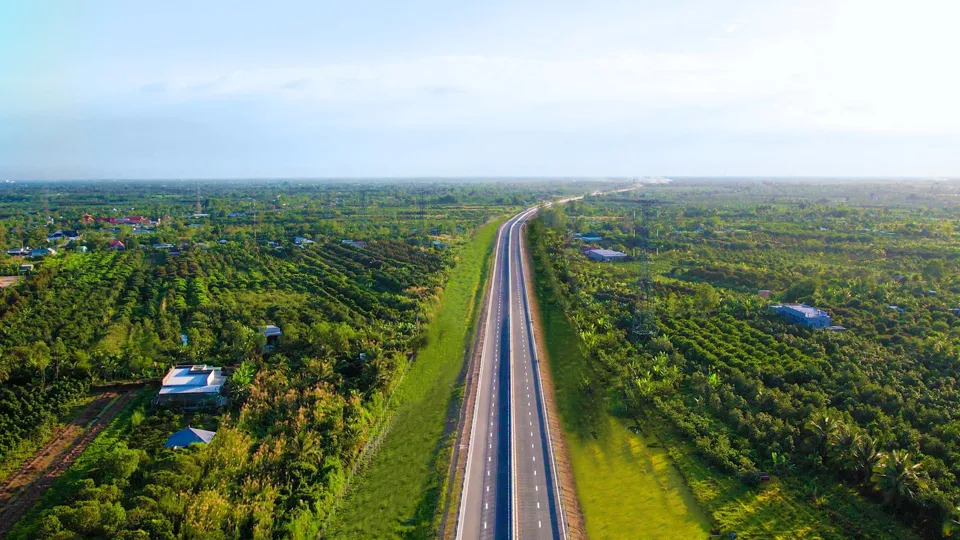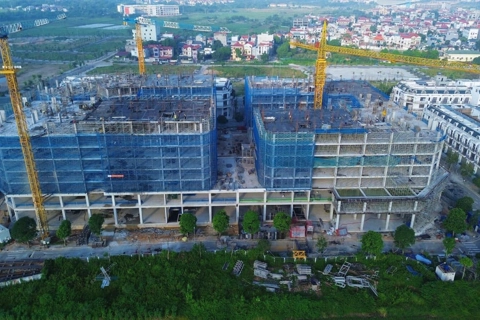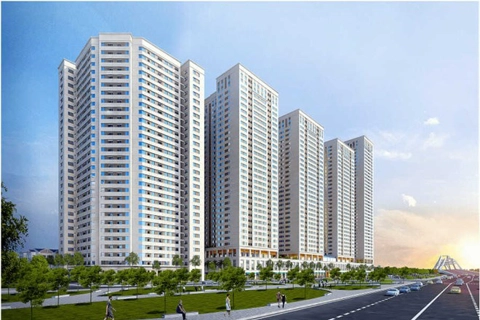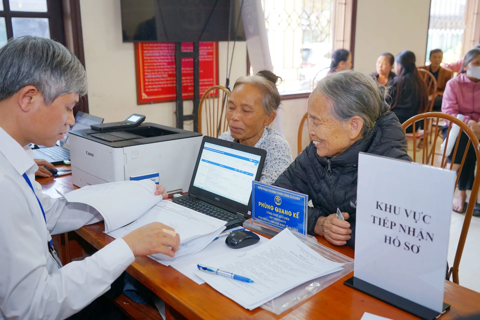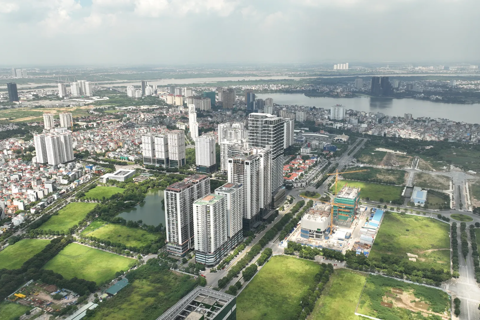Vietnamese Gov’t considers raising speed limit on 4-lane expressway
The regulation setting the maximum speed at 90 km/h applies to private cars, vehicles carrying up to 30 passengers (excluding buses), and trucks with a load capacity of up to 3.5 tons.
The Department for Roads of Vietnam (DRVN) has proposed raising the speed limit on four-lane expressways to 90 km/h from the current 80 km/h.
| The My Thuan - Cantho expressway currently has a speed limit of 90km/h. Photo: Huong Giang/The Hanoi Times |
According to the DRVN, there are currently approximately 1,892 kilometers of operational expressways throughout the country.
Since the end of December 2023 until now, based on directives from the Ministry of Transport and the proposals from the People's Committees of Tien Giang and Tuyen Quang provinces, the maximum speed on four sections of the four-lane expressway has been raised from 80 km/h to 90 km/h.
The sections of expressways where the maximum speed has been increased to 90 km/h include: My Thuan Bridge No.2 and the roads leading to both ends, My Thuan - Cantho; Trung Luong - My Thuan; Tuyen Quang - Phu Tho.
The Project Management Committees and the Departments of Transport overseeing these expressway sections are reporting traffic stability.
Based on the consensus reached during the meeting on January 23 between the DRVN and relevant units, the agency has recommended that the Ministry of Transport issue a directive instructing project investors and management agencies of segmented expressways to design 4-lane motor vehicle sections similar in scale to the four expressway above sections, which operate at a maximum speed of 90 km/h.
At the same time, the highway management agencies are advised to enhance conditions and measures to ensure traffic safety on the route, including checkpoints at entrances, timely emergency response and rescue efforts, and coordination with relevant authorities to control traffic on the route.
During the operational phase, the project investors and management units must continue monitoring traffic organization and safety conditions on the expressways. They should promptly identify any existing issues or deficiencies and report to the competent authorities for necessary adjustments to the operating speed and traffic organization plans to ensure safe and smooth traffic.
Deputy Director of DRVN Nguyen Manh Thang noted the regulation setting the maximum speed at 90 km/h applies to private cars, vehicles carrying up to 30 passengers (excluding buses), and trucks with a load capacity of up to 3.5 tons. Other vehicles will maintain the current maximum speed limit of 80 km/h.
Furthermore, the DRVN proposes that the Ministry of Transport continue to guide Project Management Committees and relevant units to invest in Intelligent Transportation Systems (ITS) to enhance efforts in maintaining traffic order, safety, and overall infrastructure development.
During the 6th session of the 15th National Assembly, many National Assembly deputies questioned why several completed and operational expressways only allow a maximum speed of 80 km/h, while National Highway 1A has a section with a maximum speed of 90 km/h.
In response, Minister of Transport Nguyen Van Thang stated that Vietnam currently has expressway design standards with speed limits of 120 km/h, 100 km/h, 80 km/h, and 60 km/h. If various expressways are built comprehensively according to the master plan, they could run at a maximum speed of 120 km/h, such as the Ha Long - Mong Cai and Hanoi - Haiphong routes.
Since the beginning of 2023, the Ministry of Transport has been conducting studies and reviewing standards to assess their suitability to reality. The research results indicate that the speed limit on expressways, which is set at 80 km/h, could be increased to 90 km/h.
The Ministry of Transport has also adjusted the design standards for the expressway, and the maximum speed limits are expected to be changed in 2024.
A 4-lane segmented expressway is commonly referred to as a restricted 4-lane expressway with a 17m carriageway width, a 16 m road surface width, a 3.5 m motor vehicle lane width, and no hard shoulder. The maximum operating speed is 80 km/h. Most of the new 4-lane segmented expressways are part of the Eastern North-South expressway project. Ongoing expressway projects such as Chau Doc - Soc Trang - Can Tho, Cao Lanh - An Huu, and Khanh Hoa - Buon Ma Thuot are also built with 4-lane segmentation. On the other hand, a fully scaled 4-lane expressway has a carriageway width of 22.5m - 25m, a road surface width of 23.5m, each lane width of 3.75m, and two fully invested and continuous emergency stopping lanes (each 3m wide). The maximum operating speed is 100 km/h - 120 km/h. Several operational expressways have been invested in full 4-lane scale, including Cau Gie - Ninh Binh, Bac Giang - Lang Son, Da Nang - Quang Ngai, Phan Thiet - Dau Giay, Ho Chi Minh City - Long Thanh - Dau Giay, and Ho Chi Minh City - Trung Luong. |

